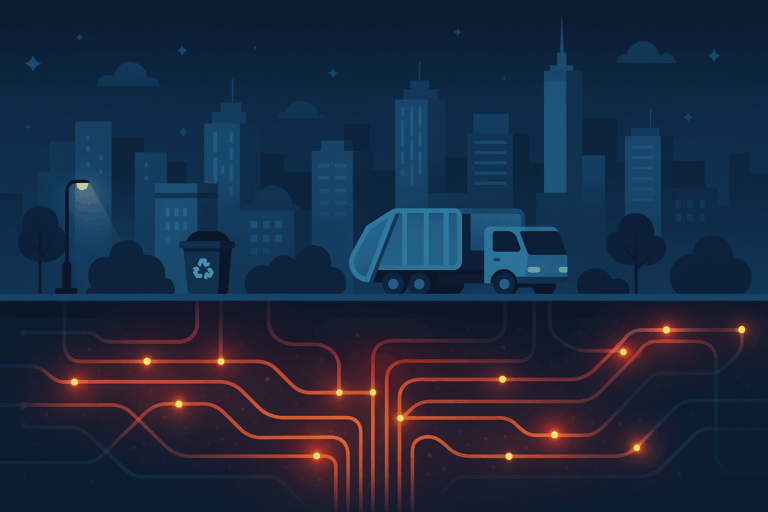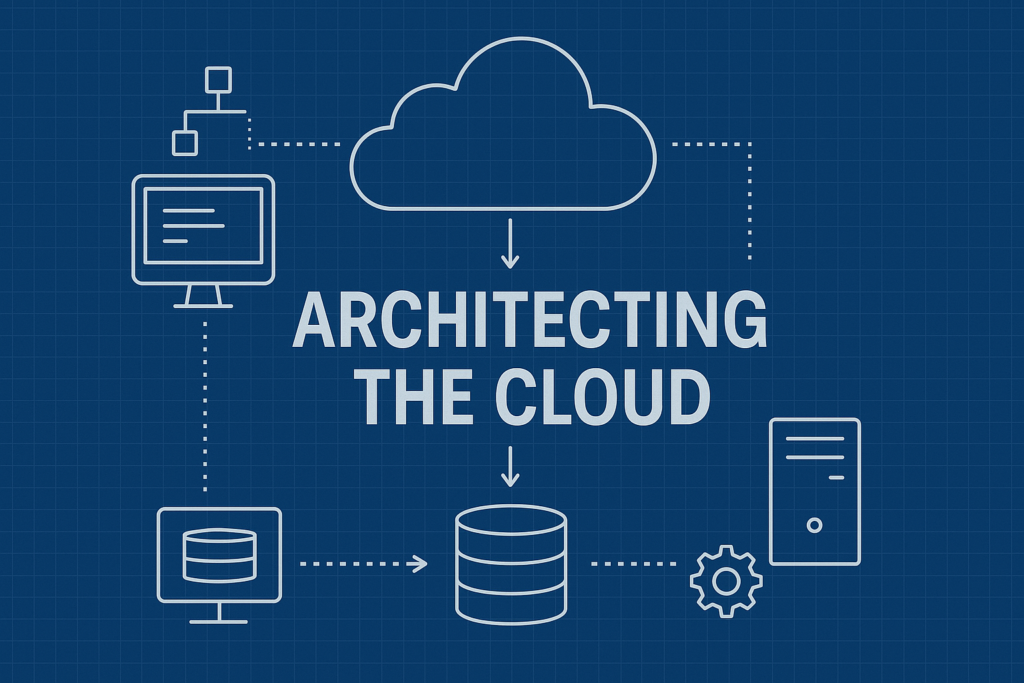Introduction
When we talk about “Smart Cities,” we think of sensors, apps, and connected systems — a digital layer that promises efficiency and convenience.
But beneath this visible layer lies something even more essential and often overlooked: the flow of waste.
Waste collection, transfer, recovery, and disposal — who handles it, how it moves, where it ends up — form one of the most misunderstood mechanisms of an urban system.
Yet without this silent infrastructure, no city can truly call itself smart.
To become a smart city, it must first know where its waste goes.
The Hidden Side of Data
Cities aiming for Zero Waste often focus on what’s visible: smart bins, citizen apps, recycling campaigns.
But behind the scenes, the data landscape is fragmented and unreliable:
- Records trapped in spreadsheets,
- Inconsistent contractor reporting,
- Multiple systems that don’t talk to each other,
- Missing traceability between collection and recovery.
Visibility across waste streams — knowing what is generated, collected, and recovered — is the backbone of every circular-economy strategy.
Without it, decisions remain disconnected.
Wastecloud: The Backend of the Smart City
Wastecloud serves as the digital infrastructure that makes the invisible, visible.
- Unifies data from collection, transport, recovery, and disposal.
- Maps flows in real time with accuracy and consistency.
- Detects anomalies and ensures trust in every record.
- Turns compliance (registry data, ESG metrics, EU targets) into strategic intelligence.
Wastecloud isn’t the app citizens use — it’s the system that the city itself relies on.
The invisible framework connecting bins, trucks, plants, and dashboards into a coherent, transparent ecosystem.
The Difference Between “Smart” and “Aware”
Many cities are technologically smart but not environmentally aware.
They collect data but lack insight.
They have sensors, but not understanding.
A truly smart city isn’t the one that merely measures — it’s the one that understands.
The one that predicts, decides, and acts based on reliable information.
Conclusion
The invisible infrastructure of Zero Waste Cities isn’t what we see on the streets — it’s the logic behind how things connect.
It’s the digital foundation of transparency, efficiency, and sustainability.
And today, that foundation has a name: Wastecloud.



